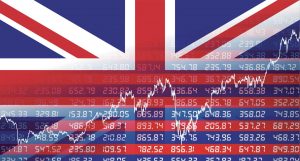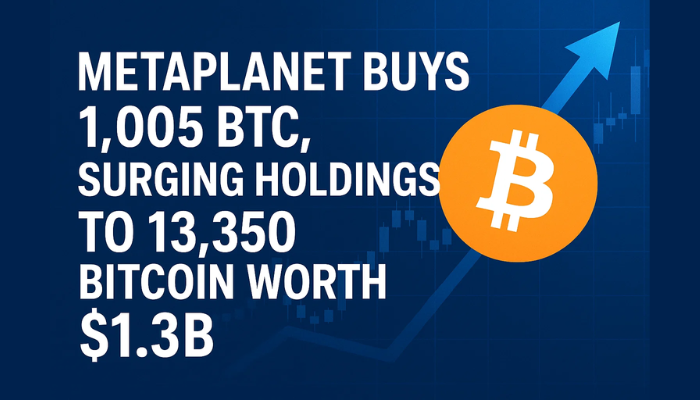Forex Signals Brief April 12: UK February GDP Closing the Week
Today the USK GDP for February will be the highlight of the day, followed by UoM Consumer Sentiment later.

The European Central Bank (ECB) maintained its interest rates unchanged but hinted at potential future decreases. Despite this announcement, there was remarkably minimal price response in the euro. The currency fluctuated within a narrow range between 1.0700 and 1.0750.

The main takeaway from the ECB’s decision is that while they intend to decrease rates, they need to further develop confidence in addressing declining inflation. The probability of a rate drop in June increased from 70% to 77%, especially after reports from sources reportedly confirmed this expectation. However, if one had not been aware of the central bank’s decision, the euro chart would not have shown any significant deviation.
Meanwhile, in the US session, we had the unemployment claims which came below expectations, as did the PPI inflation for March. That cooled off some inflation fears after Wednesday’s jump in the CPI, but the USD pushed higher nonetheless, although nut by much and it gave back the gains late in the session. USD/CAD pair reached a four-month high of 1.3725 before recovering. This recovery was driven by broader shifts in risk sentiment, with stock markets rebounding and being led by gains in chipmakers and Apple.
Today’s Market Expectations
The UK GDP report for February will be released this morning, with expectations for a slowdown to 0.1% in the pace of growth, down from 0.2% in January. Industrial Production is expected to fall flat at 0.0% while Construction Output is expected to decline by 0.4% from the 1.1% growth we saw in January.
Later in the US session, we have the Prelim University of Michigan Consumer Sentiment indicator, which is expected to come to 94 points, while the previous month was revised higher from 76.5 points to 79.4 points. The Prelim UoM Inflation Expectations will also be released, but there is no consensus, while last month’s inflation expectations stood at 2.9%.
Yesterday the US Dollar continued higher again,following th price action from the strong CPI report on Wednesday, however, the volatility was much lower. We booked profit on our buy GOLD signal, but got caught on the wrong side on our EUR/CHF buy signal, as the Swiss Franc found some solid gains.
Nothing Can Keep Gold Down As it Makes A New Record High at $3,370
The recent surge in gold prices to a record high of $2,370 has bolstered bullish sentiment surrounding the precious metal. This rise reflects sustained demand and continued investor interest in gold. However, following the release of high US Consumer Price Index (CPI) data, Gold experienced a retreat, finding support at the 20-day Simple Moving Average (SMA), indicated by the grey line. Despite this temporary pullback, the prevailing geopolitical tensions and economic uncertainties have kept gold as an attractive option for investors seeking to hedge risks and safeguard their wealth. In light of these factors, we initiated a long-term Gold signal at the 20 SMA on Wednesday, which closed yesterday as XAU made a new record high.
XAU/USD – 240 minute chart
NZD/USD Resumes Downtrend
NZD/USD pair has indeed been following a bearish trend since the start of the year, dipping below the 0.60 level last week. However, there was a reversal last Friday, with the pair rising above 0.60 to reach 0.6080, despite robust US Non-Farm Payrolls (NFP) reports and a hawkish stance from the Reserve Bank of New Zealand (RBNZ). Interestingly, the upward movement encountered resistance at the 50-day Simple Moving Average (SMA), indicated by the yellow line. This SMA served as a barrier, halting the pair’s ascent. This scenario suggests that market dynamics are complex, with various factors influencing the NZD/USD pair’s movements. While the RBNZ’s hawkish stance might have initially bolstered the New Zealand dollar, the strength of the US dollar, coupled with technical resistance at the 50-day SMA, appears to have capped the pair’s gains.
NZD/USD – Daily Chart
Cryptocurrency Update
Bitcoin Moves Above $70K Again
The bullish trend in Bitcoin (BTC) remains robust, with buyers consistently stepping in to purchase during dips. Despite encountering a few pullbacks, buyers have demonstrated resilience, consistently pushing the price higher. Notably, the 50-day Simple Moving Average (SMA), indicated by the yellow line on the daily chart, has served as a reliable support level. Even after bouncing off the 50-day SMA, the price of Bitcoin continues to climb, surpassing the $70,000 mark. This resilience suggests that clients are actively participating in the market and are eager to defend critical support levels.
BTC/USD – Daily chart
Ethereum Consolidates Around $3,500
Ethereum (ETH) has encountered support near the 50-period Simple Moving Average (yellow), hindering its upward momentum. The 50-period SMA is acting as a barrier, signaling buying pressure or a lack of sufficient selling momentum to propel Ethereum’s price beyond this level. Additionally, a bearish reversal occurred late last week, driving the price to approach $3,000 before finding support above the March lows. These technical dynamics highlight a struggle between buyers and sellers in the Ethereum market, with the 50-period SMA providing support while the 20-period SMA acts as resistance. As you are already long on ETH/USD, it’s crucial to monitor these moving averages and price levels closely for potential shifts in market sentiment and direction.
ETH/USD – Daily chart
- Check out our free forex signals
- Follow the top economic events on FX Leaders economic calendar
- Trade better, discover more Forex Trading Strategies
- Open a FREE Trading Account


